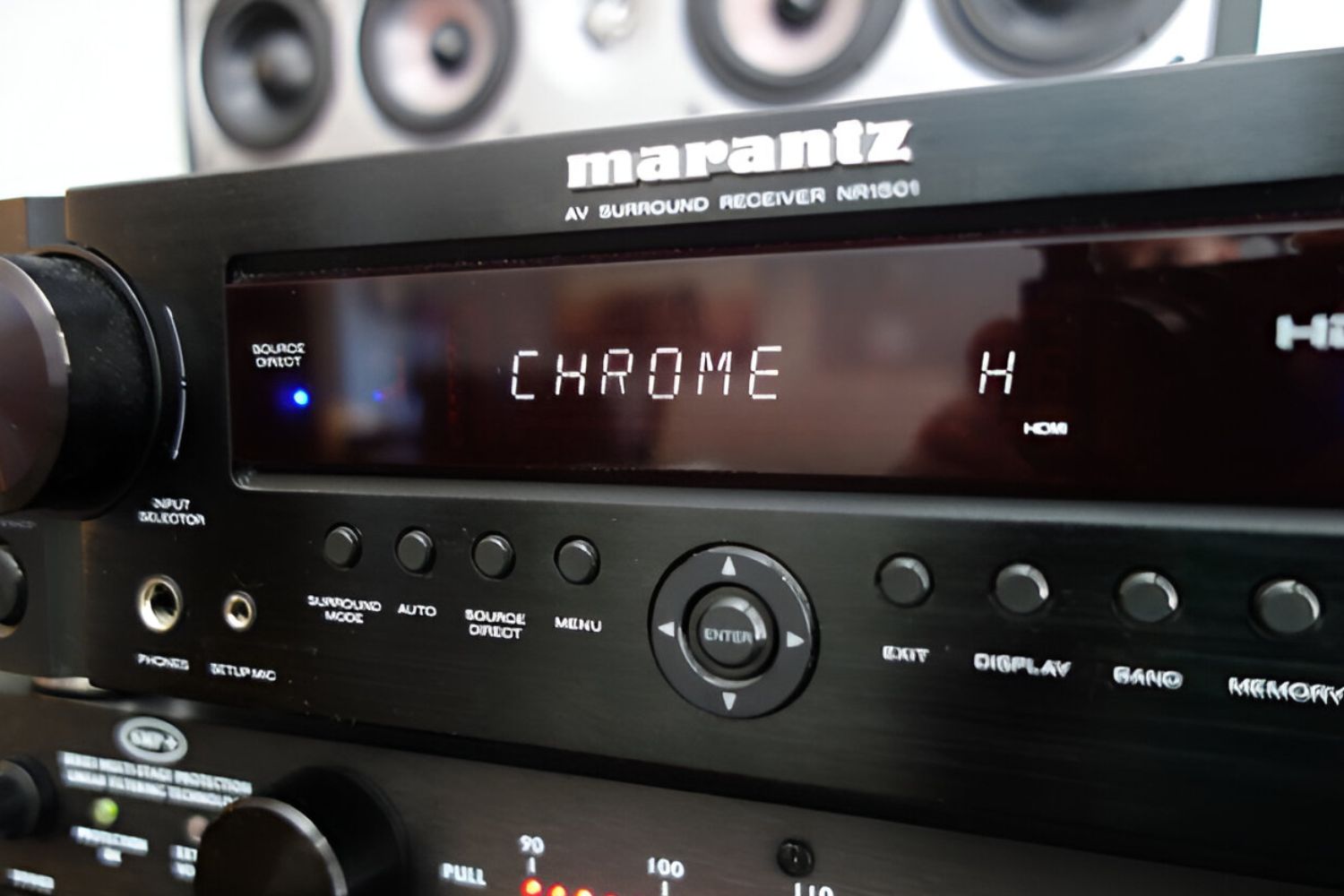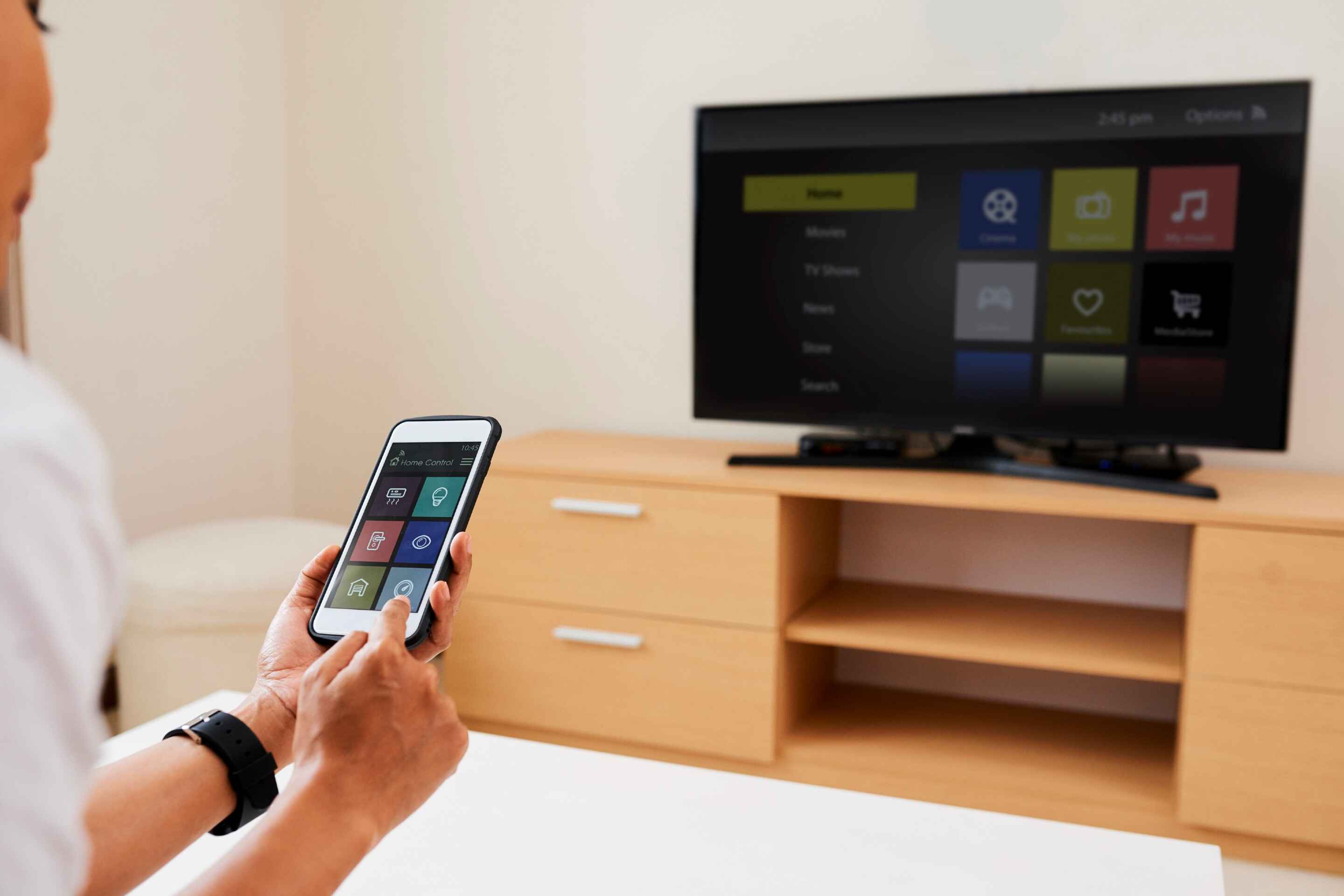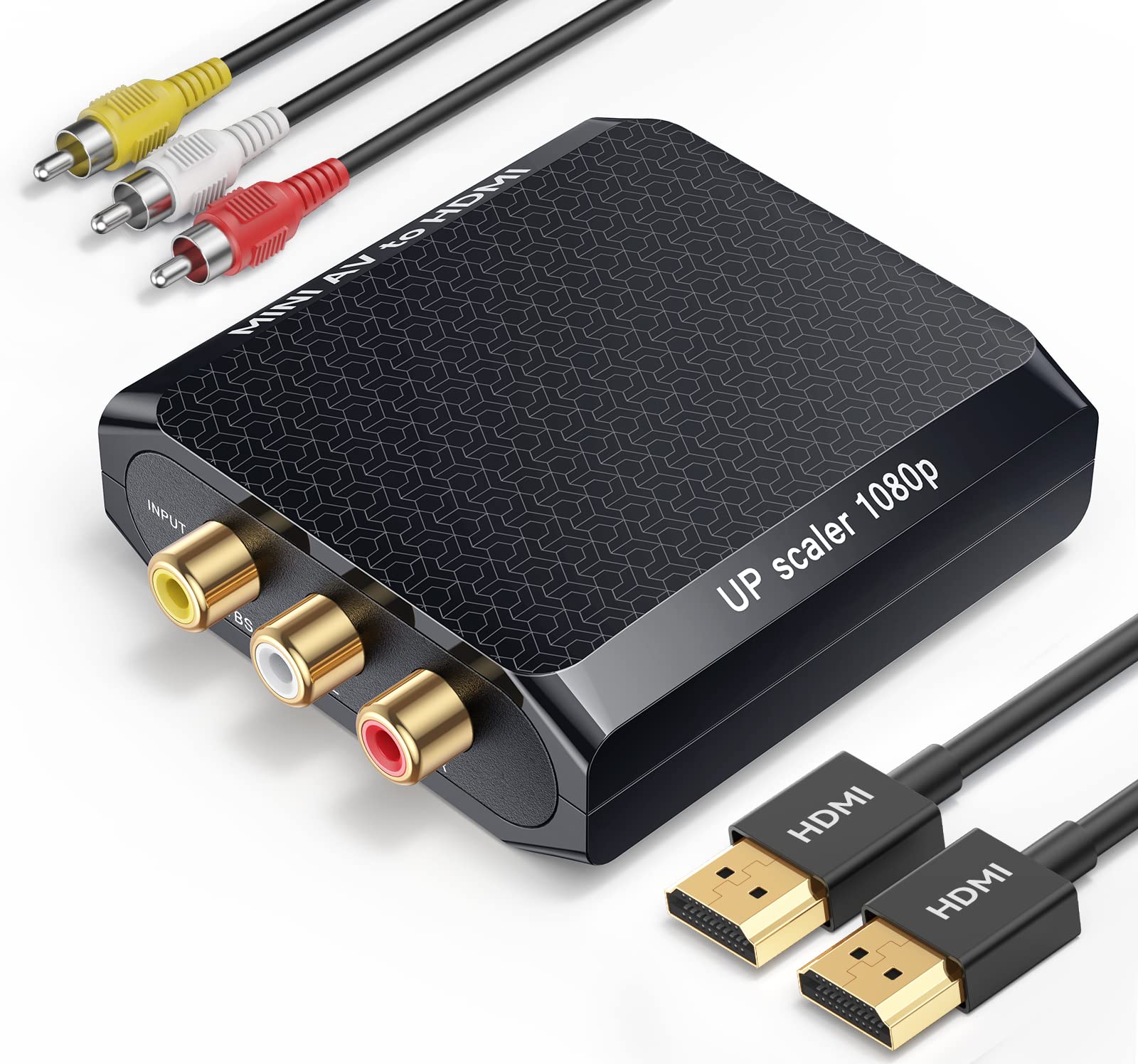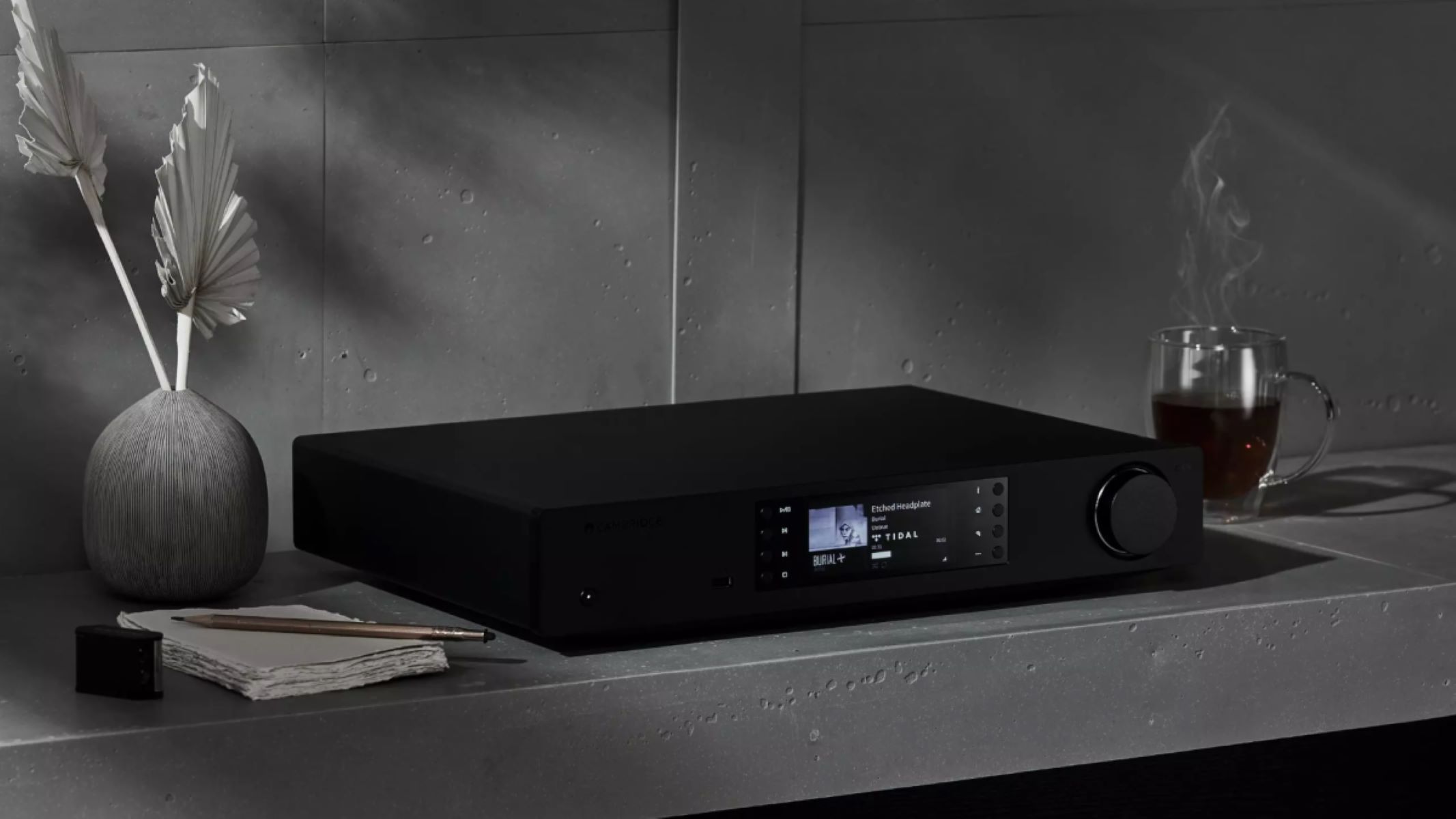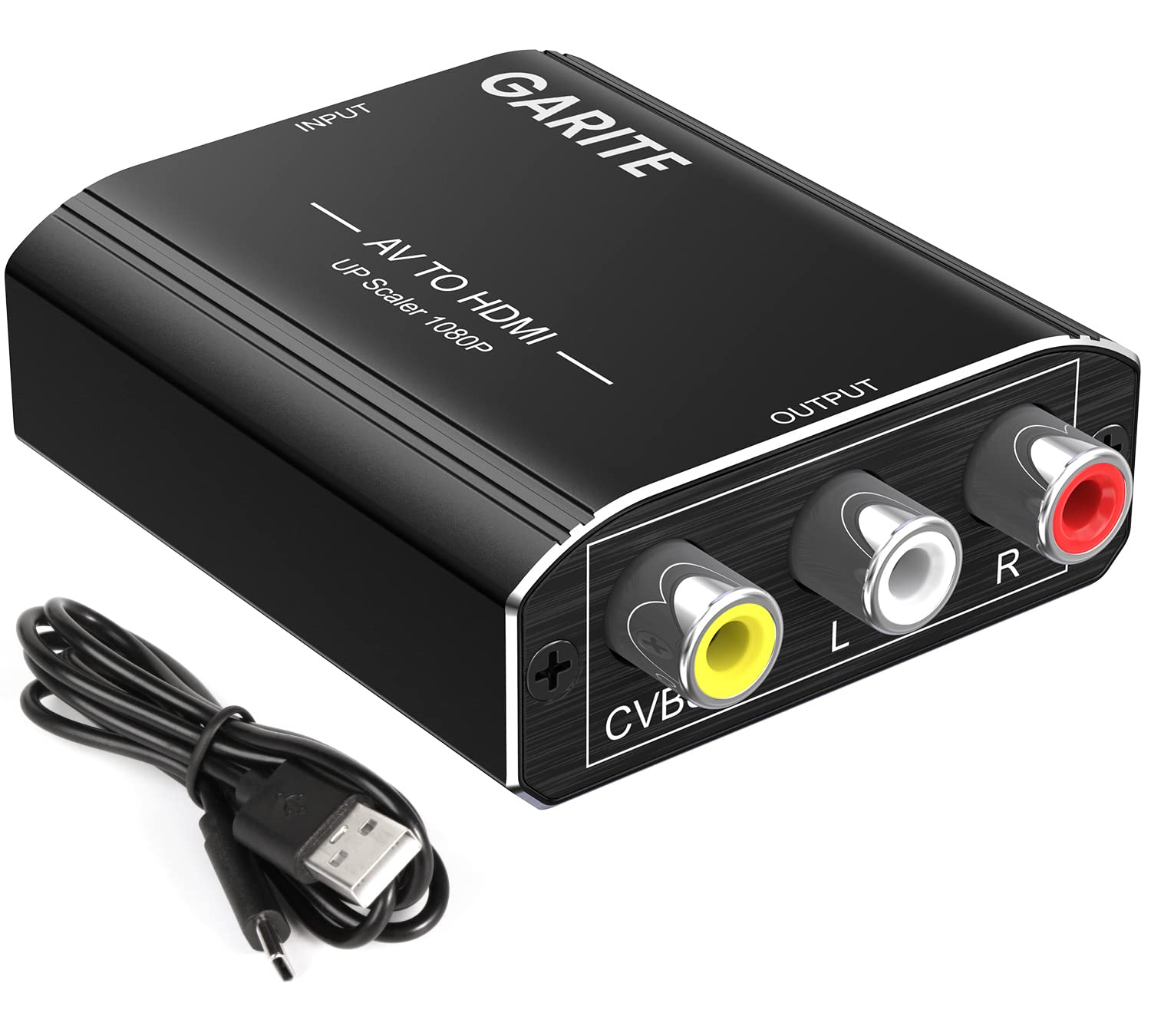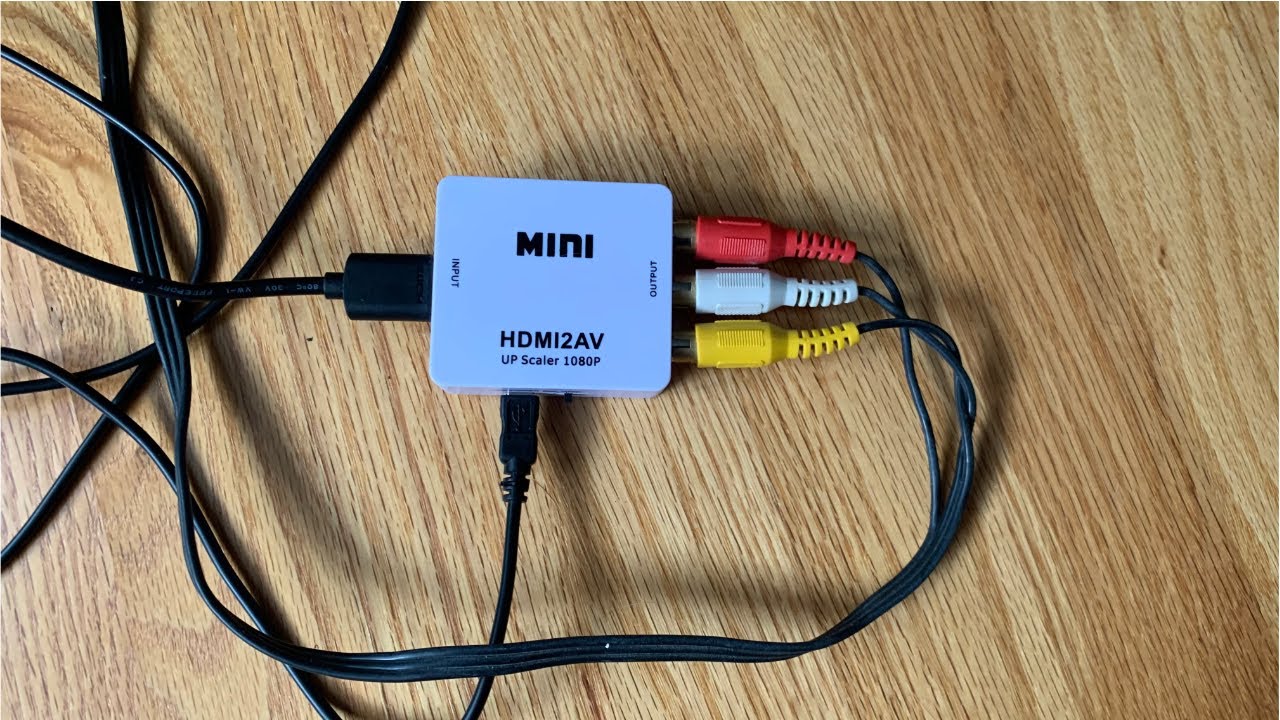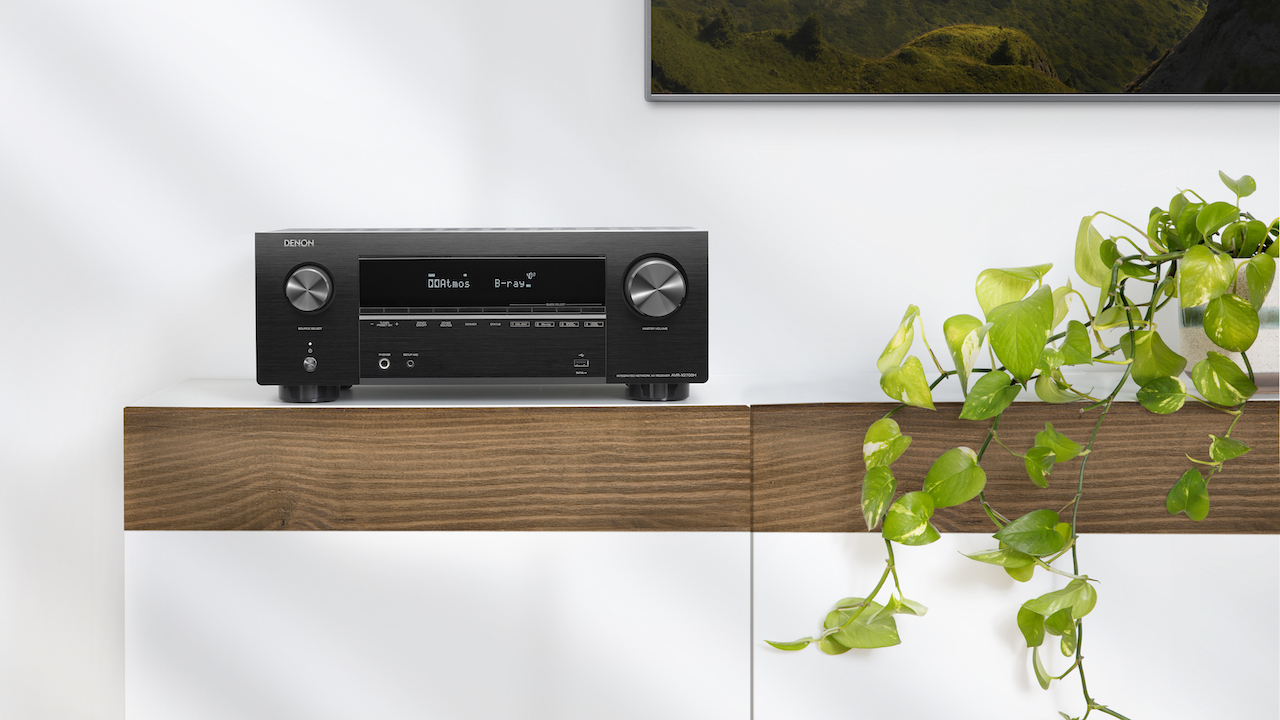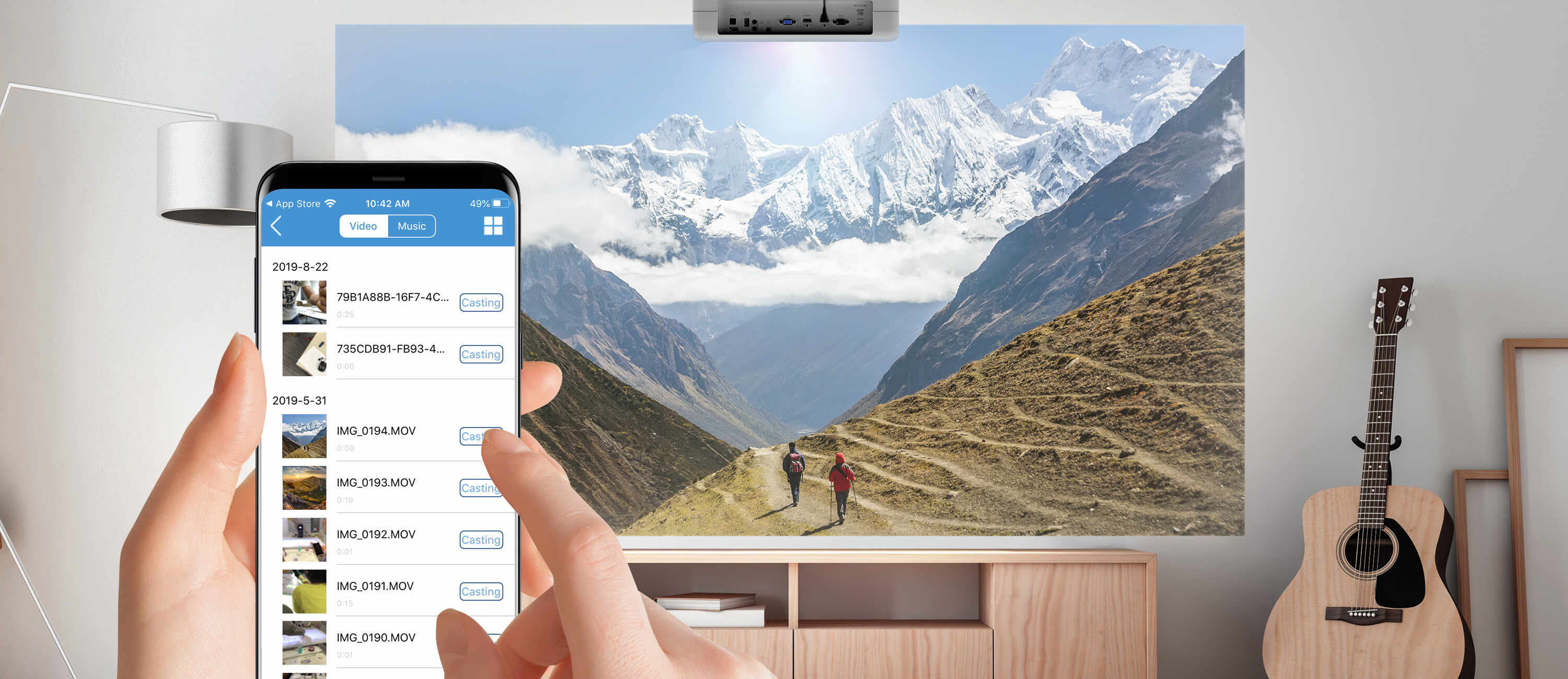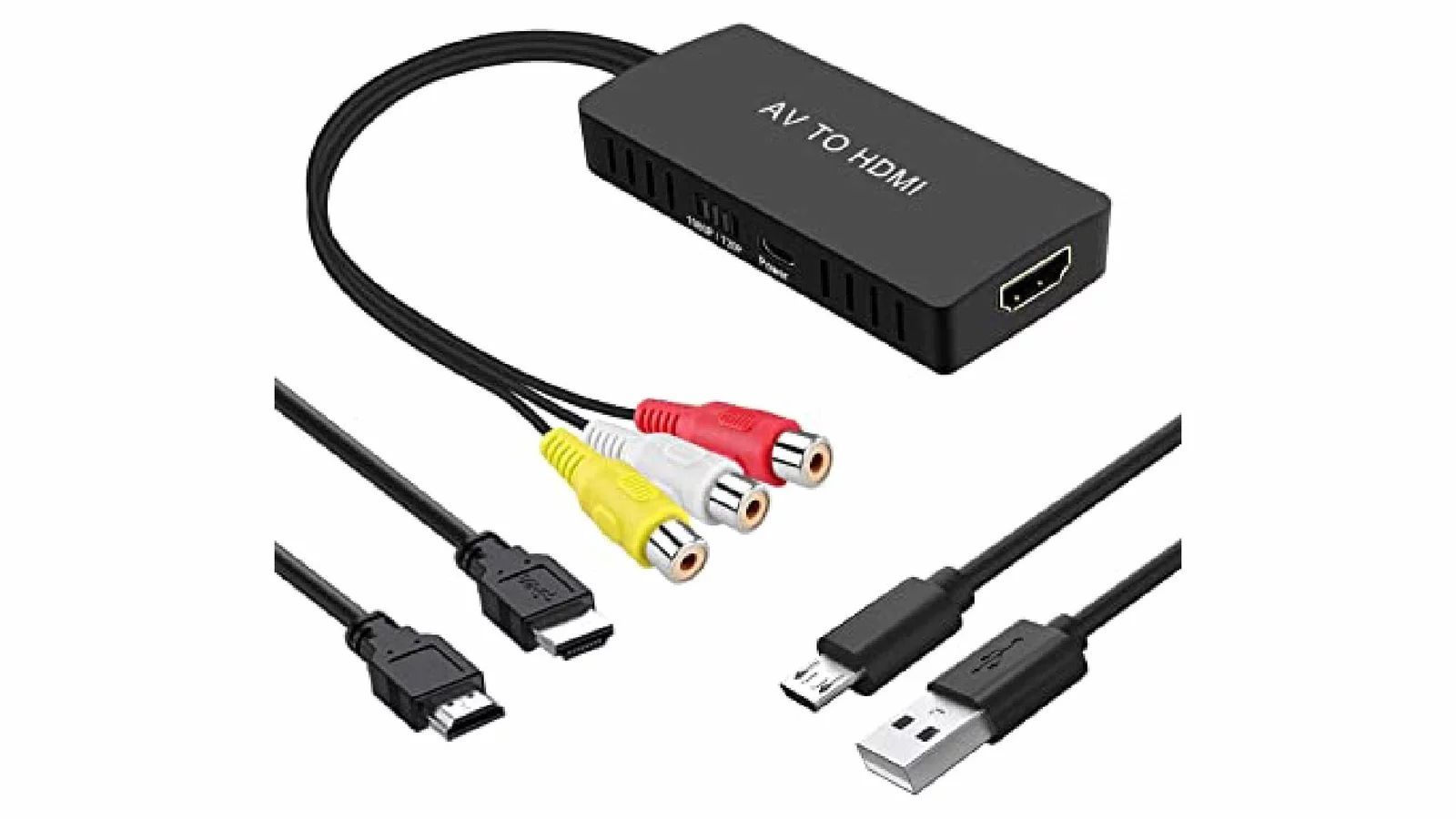Introduction
Connecting a Chromecast to an old AV receiver with no HDMI input may seem like a daunting task, but with the right equipment and know-how, it's entirely possible to enjoy the benefits of modern streaming technology on your vintage audio setup. Old AV receivers, while reliable and capable of delivering excellent sound quality, often lack the HDMI inputs necessary to accommodate devices like the Chromecast. However, there are several workarounds that can bridge this technological gap and allow you to seamlessly integrate your Chromecast with your beloved classic AV receiver.
In this guide, we'll explore various methods for connecting your Chromecast to an older AV receiver, even if it lacks HDMI inputs. Whether you opt for an HDMI to RCA converter, an HDMI audio extractor, or consider alternative streaming devices, you can rest assured that there's a solution to suit your specific needs. By the end of this article, you'll have a comprehensive understanding of the options available to you, empowering you to make an informed decision and breathe new life into your vintage audio setup. Let's dive into the world of possibilities and find the perfect solution for connecting your Chromecast to your old AV receiver.
Understanding the Limitations of Old AV Receivers
Older AV receivers, although cherished for their durability and audio quality, often lack the modern connectivity options found in newer models. One of the most common limitations is the absence of HDMI inputs, which are essential for connecting devices like the Chromecast. Without these inputs, the seamless integration of modern streaming technology becomes a challenge. Additionally, older AV receivers may not support the audio and video formats used by streaming devices, further complicating the connection process.
Another limitation of old AV receivers is the lack of support for digital audio signals. Many older models are designed to process analog audio signals, making them incompatible with the digital audio output of devices like the Chromecast. This can result in a loss of audio quality and may even lead to the inability to produce sound altogether when attempting to connect modern digital sources.
Furthermore, the absence of HDMI-CEC (Consumer Electronics Control) support in older AV receivers hinders the seamless control of connected devices. HDMI-CEC allows for the control of multiple devices using a single remote, simplifying the user experience. Without this feature, users may find themselves juggling multiple remotes or struggling to manage device settings effectively.
It’s important to recognize these limitations when attempting to connect a Chromecast to an old AV receiver. Understanding the specific challenges posed by outdated connectivity options and audio processing capabilities is crucial in identifying the most suitable solution for bridging the technological gap and ensuring a smooth and reliable streaming experience.
Using an HDMI to RCA Converter
One of the most effective ways to connect a Chromecast to an old AV receiver without HDMI inputs is by utilizing an HDMI to RCA converter. This device serves as a bridge between the digital output of the Chromecast and the analog inputs of the AV receiver, allowing for seamless compatibility and signal conversion.
When using an HDMI to RCA converter, it’s essential to select a high-quality model that supports the necessary video and audio formats. The converter should be equipped with composite (RCA) or component video outputs and analog audio outputs to ensure compatibility with the AV receiver. Additionally, it’s advisable to choose a converter that can handle the specific resolution and refresh rate output by the Chromecast to prevent signal loss or degradation.
The setup process typically involves connecting the Chromecast to the HDMI input of the converter and then using RCA or component video cables to link the converter to the corresponding inputs on the AV receiver. The analog audio output from the converter can be connected to the audio input of the receiver, completing the connection and enabling the transmission of both video and audio signals.
While using an HDMI to RCA converter offers a viable solution for integrating a Chromecast with an old AV receiver, it’s important to consider the potential limitations. Analog video outputs may not support high-definition resolutions, resulting in a reduction in video quality. Additionally, the analog audio output may not fully capture the nuances of digital audio, impacting the overall audio fidelity.
Despite these considerations, an HDMI to RCA converter remains a practical and accessible option for connecting a Chromecast to an older AV receiver. By leveraging this technology, users can enjoy the benefits of modern streaming without the need for extensive upgrades or replacements, preserving the charm and functionality of their vintage audio setup.
Using an HDMI Audio Extractor
Another effective method for connecting a Chromecast to an old AV receiver without HDMI inputs is by utilizing an HDMI audio extractor. This device is designed to separate the audio signal from the HDMI input, allowing for the extraction of digital audio and its conversion to analog format compatible with the AV receiver.
When selecting an HDMI audio extractor, it’s crucial to choose a model that supports the audio formats used by the Chromecast and is capable of converting digital signals to analog outputs. Additionally, the extractor should feature analog audio outputs, such as RCA or 3.5mm audio jacks, to facilitate seamless integration with the AV receiver.
The setup process typically involves connecting the Chromecast to the HDMI input of the extractor and then using an HDMI cable to link the extractor to the display device, such as a TV or monitor. Simultaneously, the analog audio outputs of the extractor are connected to the corresponding inputs on the AV receiver, ensuring that both video and audio signals are transmitted effectively.
Using an HDMI audio extractor offers several advantages, including the preservation of high-definition video quality through the direct transmission of the HDMI signal to the display device. Additionally, the extraction of digital audio ensures that the full fidelity of the audio signal is maintained, delivering an immersive and engaging listening experience.
Despite these benefits, it’s important to consider the potential limitations of using an HDMI audio extractor. Some extractors may introduce latency or audio synchronization issues, impacting the overall viewing and listening experience. Additionally, the quality of the analog audio outputs may vary between different extractor models, necessitating careful consideration when selecting a suitable device.
Overall, an HDMI audio extractor provides a practical and efficient solution for connecting a Chromecast to an old AV receiver, enabling users to enjoy the benefits of modern streaming technology while leveraging the existing audio setup. By carefully selecting a compatible extractor and ensuring seamless integration, users can bridge the technological gap and unlock the full potential of their vintage audio system.
Using a Different Streaming Device
When faced with the challenge of connecting a streaming device to an old AV receiver with no HDMI input, one alternative approach is to consider using a different streaming device that offers compatibility with analog audio and video outputs. While the Chromecast relies heavily on HDMI connectivity, there are other streaming devices on the market that cater to older AV setups by providing analog output options.
One such device is the Roku Express+, which features composite (RCA) and component video outputs, as well as analog audio outputs, making it well-suited for integration with older AV receivers. By opting for a streaming device that supports analog connectivity, users can bypass the need for HDMI conversion and enjoy a seamless connection to their vintage audio setup.
Another viable option is the Amazon Fire TV Stick with the optional analog audio adapter. This adapter allows the Fire TV Stick to connect to the AV receiver’s analog audio inputs, providing a straightforward solution for users seeking to leverage their existing audio setup without the need for HDMI conversion.
When considering a different streaming device, it’s essential to evaluate the compatibility of the device with the AV receiver’s input options. Additionally, users should prioritize devices that offer support for the desired streaming services, ensuring a seamless transition to the new streaming platform.
While exploring alternative streaming devices, it’s important to keep in mind that each device may have its unique features and limitations. Some devices may offer a broader range of streaming options, while others may prioritize ease of use and integration with existing audio setups. By carefully assessing the specific requirements and preferences, users can identify the most suitable streaming device for their needs.
Ultimately, opting for a different streaming device that caters to analog connectivity provides a straightforward and effective solution for connecting to an old AV receiver. By embracing the versatility of alternative streaming platforms, users can bypass the complexities of HDMI conversion and seamlessly integrate modern streaming technology with their beloved vintage audio setup.
Conclusion
Connecting a Chromecast to an old AV receiver with no HDMI input presents a unique set of challenges, but with the right approach, it’s entirely feasible to achieve seamless integration and enjoy the benefits of modern streaming technology. By understanding the limitations of old AV receivers and exploring alternative connection methods, users can find the perfect solution to bridge the technological gap and breathe new life into their vintage audio setup.
Whether through the use of an HDMI to RCA converter, an HDMI audio extractor, or a different streaming device that supports analog connectivity, there are multiple paths to achieving a successful connection. Each method offers its own set of advantages and considerations, empowering users to make an informed decision based on their specific requirements and preferences.
It’s crucial to prioritize the preservation of audio and video quality when selecting a connection method, ensuring that the streaming experience remains immersive and engaging. Additionally, compatibility with the existing AV receiver and seamless integration with the desired streaming services should be key factors in the decision-making process.
Ultimately, the goal is to seamlessly integrate modern streaming technology with an old AV receiver, preserving the charm and functionality of the vintage audio setup while unlocking the full potential of the Chromecast or alternative streaming device. By embracing the available options and leveraging the right tools, users can embark on a journey of technological convergence, bringing together the best of both old and new audio technologies.
With the knowledge gained from this guide, users can confidently navigate the process of connecting a Chromecast to an old AV receiver, opening the door to a world of entertainment and convenience without compromising the integrity of their cherished audio setup. By embracing innovation while honoring tradition, users can achieve a harmonious blend of past and present, creating a truly exceptional audiovisual experience.







